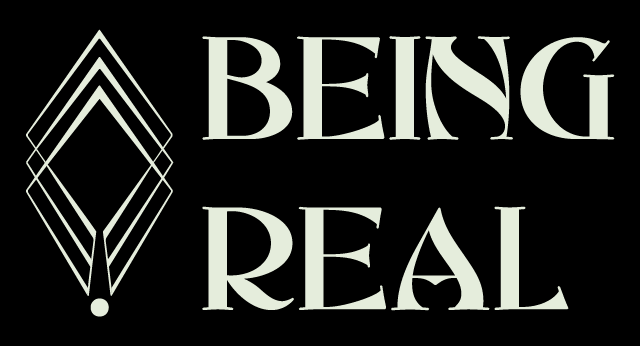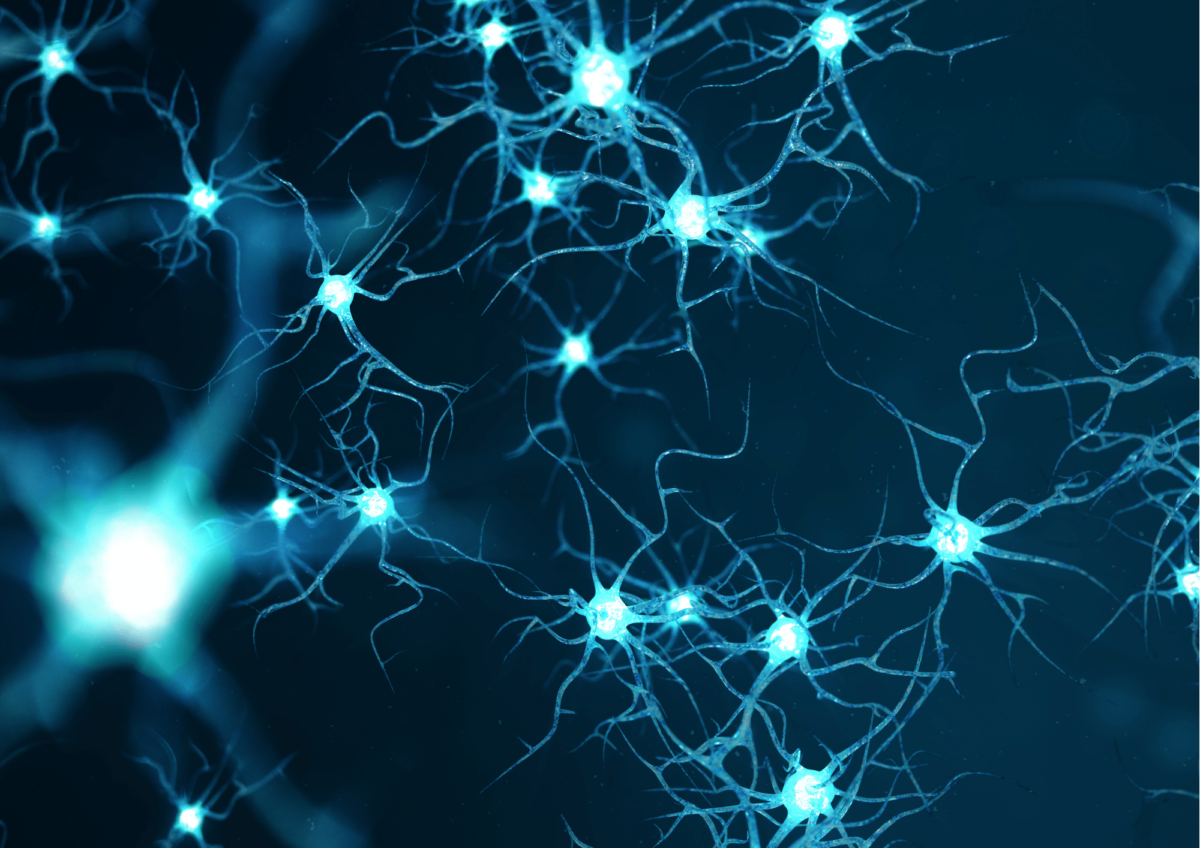The meaning of life is to live it ~Joseph Campbell
The awakening is this: Our bodies must not be left out of the healing process. Our bodies are the storehouses of every unresolved/traumatic experience in our lifetimes. These living organisms must be held, encouraged and understood. Their expressions and communications may be shaken out, danced or vocalized. Body regions that have been hardened, numbed, or gone slack need the reinvigoration of conscious breath and movement, in such a way that the light comes through our eyes as reflection of the fire in our belly, and soft easy smiles on our faces radiate from our warm hearts.
Spirituality, psychology, and neuroscience are waking up. There is no enlightenment, no actualization, no optimization of potential without addressing trauma. This stands of course for single incident trauma but is equally true for developmental trauma or as it is being called, the trauma of everyday life.
The consequences of trauma: anxiety, depression, panic attacks, addictions, unstable relationships, personality disorders, physical ailments, and chronic shame are overwhelming our personal lives and our culture. It is increasingly clear that abuse (physical, emotional and spiritual), neglect, abandonment, enmeshment and witnessing tragic events in young life is crippling not only to the individual, and the society, but is even passed onto future generations through DNA [Wiki ACE study and transgenerational trauma].
Our bodies and our stories.
You cannot talk your way out of trauma ~Peter Levine
Trauma is increasingly spoken about synonymously as fragmentation. We are torn apart, go to pieces, heartbroken, shattered . . . we lose coherence, we are no longer integrated. Our senses of wholeness and belonging are compromised.
Trauma is stored as two types of memory. We have both explicit memories and implicit memories. Explicit memory deals with our conscious sense of the past. Essentially it is our story, and is also referred to as narrative memory. The narrative can be more or less accurate or coherent. Talk therapy often involves working to create a coherent narrative memory and although some modern spiritual teachings advise dropping the story, having an accurate and coherent narrative is an important capacity of a functioning adult.
Implicit memory is the raw sensory data of memory below the level of conscious thought—the body memory. These are the memories that are stored not only in the lower brain but in the muscles, fascia, cells and even DNA. Implicit memory not only holds your capacity to walk or drive a stick shift but also our beliefs about reality—the safety of the world and others, our lovability, capacity for expansion and abundance etc. Complex constellations of memory become unconscious schema or maps for our behavior, this is why in spiritual traditions we are often invited to awaken from the dream. These schema are the basis of our reactivity: responses programmed into our implicit memory. Fight, flight, freeze, or faint or some combination form the basis of our reactivity. These basic survival impulses drive a diverse array of human behavior in the form of rigid or chaotic coping strategies.
Like our narrative memory, our implicit memory can be clarified. The result in this case is not a clear and accurate story of ourselves but a capacity to respond to life situations in a way that is appropriate to the moment rather than what our bodies have come to “believe” from the past.
This embodied liberation is where healing can happen most quickly. As we regain connection to our bodies, the potential is to realize our true spiritual nature: boundless love, luminous awareness, immanent presence or vast emptiness. The body however is more than just a portal, it is living spirit. The following steps may prove useful to awakening to body as our spiritual ground.
- Physical practice: Consistent physical exertion is incredibly potent for our well-being. Cardio and weight-bearing exercise as well as, dancing, singing, drumming or quiet walks in the woods are regulating and sustaining. Professional methods like Myofascial release, structural integration, breathwork, etc. also access the body as do yoga and EMDR. The key is interoception: attunement to the inner feelings of the body both gross and subtle.
- Self investigation: As the capacity for interoception grows we must also come to know the meaning of our feelings. What is the guidance within feeling? What emotion or physical movement is the body wanting to express? What action, growth or development needs to happen? Sensing our inner experience can guide us to actualizing our potential . . .whatever that may be, doing a triathlon, digging a garden, or starting a business or a family.
- Shadow work: Feeling ourselves more deeply and understanding these feelings will reveal old wounds that need attention and compassion for healing. We need to see how we are are living out our past in present day schema or enactments. This will likely require the help of a skilled teacher or therapist but it will support the next step.
- Building trusting relationships: With good fortune even those of us with difficult childhood relationships can find safe and secure relationships in adulthood, it is also important to be realistic about our expectations for healing within our intimate connections, there are limits. Relationship with a teacher or therapist can provide the openness to explore and unravel contractions and dive deeper into healing presence. Engagement in an open and supportive community is also a support for the unfolding soul.
- Connection to the ineffable: Meditation, mantra, music, satsang, sky gazing, silent retreat or anything that takes us beyond our limited sense of self while remaining connected to our interoceptive vitality can be a vehicle for healing. There is also growing body of research to support the use of psychedelic medicine in working with both single incident, and developmental trauma [maps.org].
- Cultivation of the subtle: For those that connect to ineffable presence there is a bottomless well of subtle qualities and capacities, a spacious inner world of love, compassion, power, intelligence, fortitude and value. Ultimately to know our innermost being is to know ourselves as timeless, loving and indestructible radiance.
While we certainly live in challenging times many of us have access to support and freedom for being our true selves that is unique to this time in history. Even taking the time to read an article like this is a testimony to your drive to be true and free. Of all that has been mentioned above by far the most powerful “tool” you possess is your heartfelt and sincere desire to be real and to be liberated from soul-limiting beliefs and reactions. Take a moment to feel inside . . . what it is like to desire freedom? Allow the breath to enter that feeling . . .let it expand, let it grow.
You cannot talk your way out of trauma ~Peter Levine


